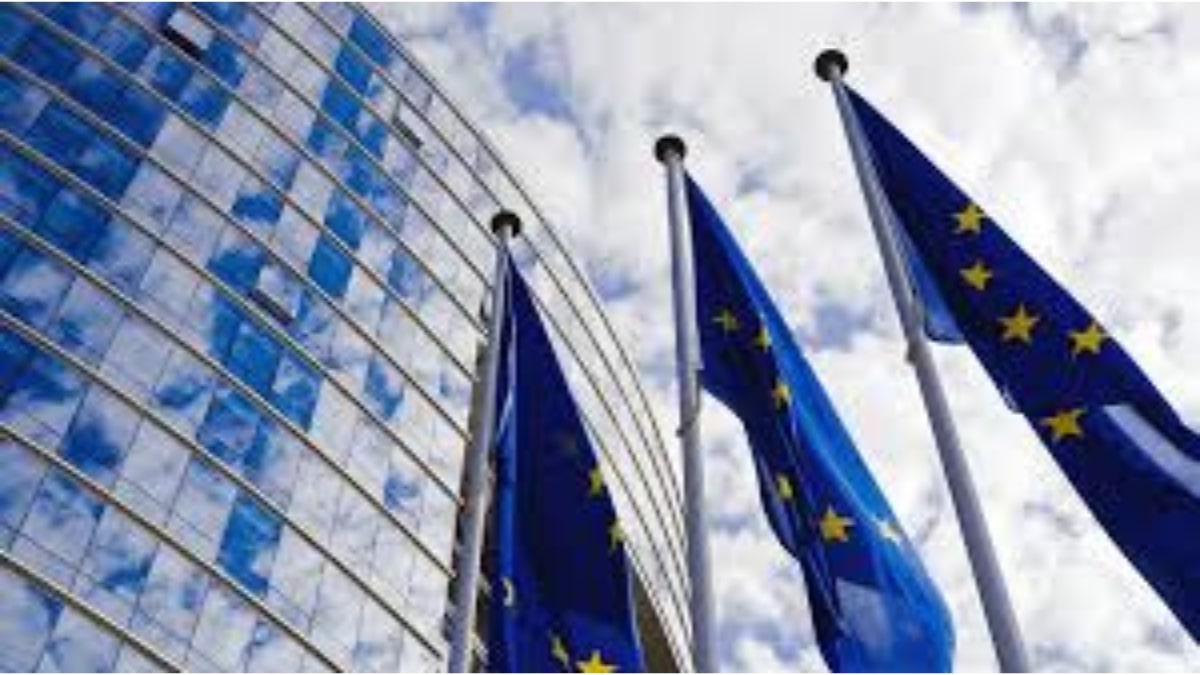Although the EU is India’s second-largest export market after the US, the region’s percentage of the country’s total exports of products have been dropping over the last 20 years.
This has primarily occurred on due to a number of non-tariff obstacles put in place by the 27-member group. a trading agreement would not only lower taxes on can also serve as a conduit for items remove non-tariff obstacles reducing Indian agricultural exports.
The advantages of FTA and India’s incentive drive linked to output or PLI, can increase pharma, textile, and all mechanical devices’ exports.
Up until Brexit, the UK was the EU’s second-largest exporter to India, hence the EU was largely dependent on it.
The EU is attempting to make up for the erosion of FDI from India due to Brexit by negotiating an investment agreement with that country.
Given that the UK is pursuing a separate trade agreement, the EU may leverage the size of its market to demand a greater degree of commitment.
EU legislation on climate change, like the Carbon Border Adjustment Mechanism, Regulation of Deforestation and Business Sustainability Due Care Directive is likely limit trading more. The carbon tax will likely harm Indian exports in excess of $8 billion, the
laws on deforestation could hurt$2 billion in exports with an impact. In the lack of a working WTO appellate court, trade frictions are also anticipated to erupt as India is making its own progress towards its own anti-carbon tax


